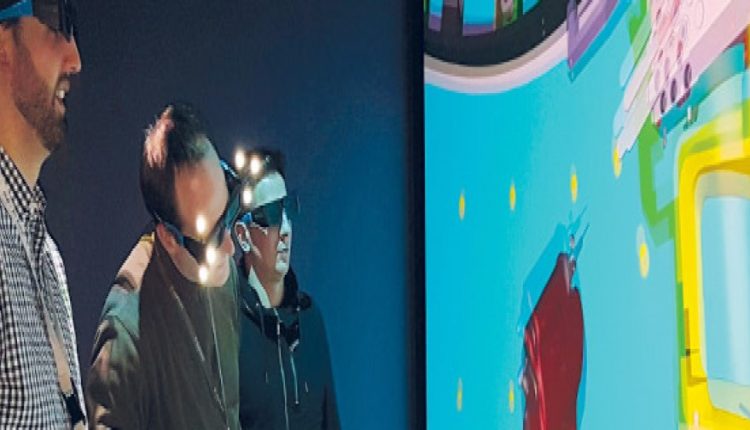Eliminating the Physical: Battery-maker Wins Electric Vehicle Bid Thanks to Virtual Prototyping
When a premium German automotive OEM put out a call for tenders, Farasis Energy, a Chinese-American battery provider, won in record time. How? By removing the prototyping step from its process.
Instead, the company relied on ESI Group, a leading innovator in Virtual Prototyping software and services for manufacturing industries, to create a virtual prototype of the new Farasis battery model.
The automotive industry is moving toward electrification at a seemingly unstoppable pace. Manufacturers are announcing aggressive plans for Electric Vehicle (EV) production, and the International Energy Agency says the number of EVs will grow from 3 to 125 million by 2030. So, it’s no wonder that new players are entering the market, breaking the traditional rules of product design – new players like lithium-ion battery maker Farasis Energy. Looking to collect wins in this fast-growing market, the team at Farasis relied on ESI’s expertise to prove to a major German car maker that they were the best supplier – based solely on a virtual prototype. This collaboration around ESI’s Virtual Performance Solution (VPS) allowed to virtualize and secure the behavior of the battery in vibration or vehicle crash situations.
“Half-way through the bidding process, the manufacturer actually decided to remove the physical prototype step – they would make their decision based on the virtual prototype. In just 8 months, we went from limited Virtual Prototyping capability to winning those bids,”said Dr. Matt Klein, Advanced R&D Director at Farasis Energy, emphasized the key role ESI played in this project. “The head of the whole program conducting the bidding process went out of his way to tell us that the mechanical simulation was an instrumental part in helping us get the design approved. We could not have done that without ESI. Our partnership with ESI is truly strategic in bringing our simulation capabilities to a global leading standard.”
Two fundamental elements differentiated ESI’s VPS in this project:
- The reliability of the results, eliminating the need for a real prototype verification, as a result of the consideration of complex physical phenomenon inside the battery.
- The integration level of different virtual vibration and crash tests in one solution, allowing iteration loops and quick decisions.
Farasis relied on ESI’s proven knowledge of the automotive industry and ability to provide real results, virtually, thanks to virtual prototyping. The capability to build a global model, covering several engineering disciplines, led to a highly efficient workflow and ultimately a cost-effective solution for Farasis.
Since their win, Farasis has opened a new factory on-site in Germany, dedicated to the research & development of their batteries for the German car maker. ESI is now putting in place a platform for Farasis’ international team of simulation engineers, one that is fully automated and customized to their way of working. Thanks to this Platform, the Farasis team will work together – regardless of what continent they are on – with great efficiency and transparency, on common Virtual Prototyping models. And what began as a bi-lateral partnership has quickly evolved into an ecosystem comprised of three major players – Farasis, ESI Group, and the automotive manufacturer – all hungry to tap into the EV market.

